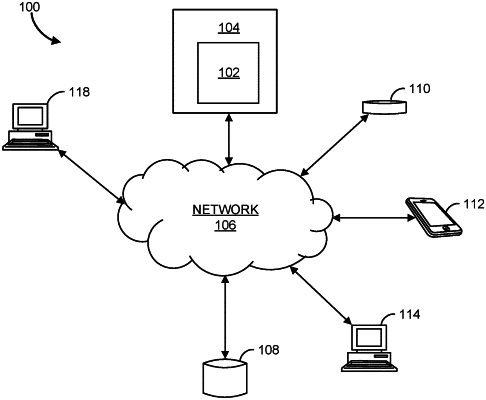| CPC G06Q 30/0627 (2013.01) [G06F 16/9536 (2019.01); G06Q 30/0603 (2013.01)] | 19 Claims |

|
1. A system comprising:
a memory having instructions stored thereon, and a processor configured to read the instructions to:
receive query data for a search query;
parse the search query to determine one or more words comprising the search query;
determine product type data of the received search query based on at least the one or more words,
determine attribute data for the determined product type data, the attribute data comprising sequence attribute data and sequence value data;
retrieve catalog data for one or more items that include product type data that matches the determined product type data, the catalog data comprising catalog attribute data and catalog value data;
generate an evaluation set comprising the sequence attribute data, the sequence value data, the catalog attribute data, and the catalog value data;
determine engagement data for the received search query, the engagement data comprising a number of times customers previously interacted with a retrieved item for a respective query, wherein the previous interaction of customers with the retrieved item comprises adding the item to an online shopping cart;
generate cumulative engagement data based on the retrieved catalog data and the determined engagement data;
calculate a probability for the evaluation set, the probability indicating a degree in which sequence attribute data and sequence value data correspond to catalog attribute data and catalog value data;
generate an evaluation score for the evaluation set, the evaluation score being based on the cumulative engagement data and the probability;
map the evaluation score to a plurality of responsive items that are responsive to the received search query such that a responsive evaluation score is generated for each item of the plurality of responsive items that corresponds to the evaluation set;
generate a ranked order of the plurality of responsive items based on the responsive evaluation score of each item of the plurality of responsive items;
modify the ranked order based on the search query corresponding to one or more items of the evaluation set; and
display, on a web based platform, the plurality of responsive items ranked based on the modified ranked order.
|